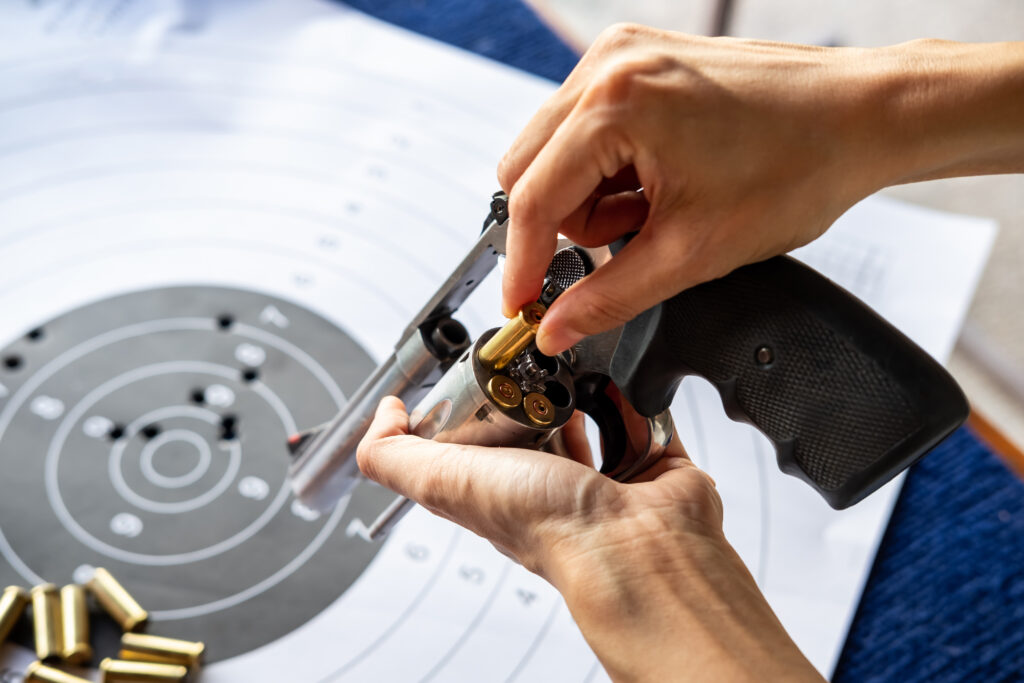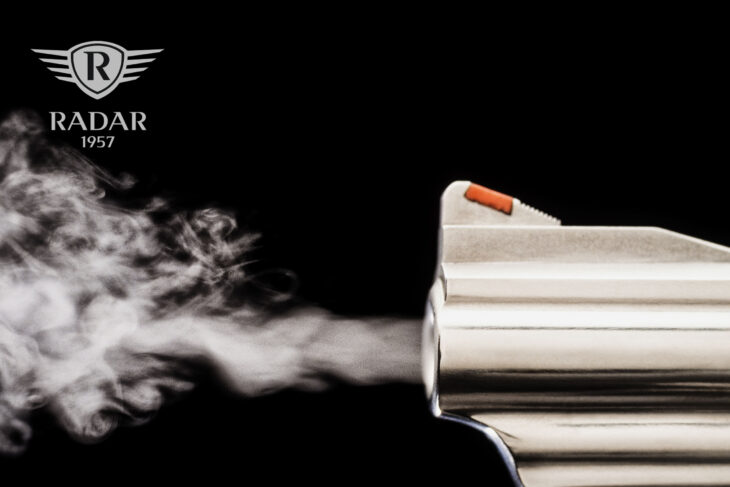Understanding ballistic principles is fundamental for any shooter who wants to improve their accuracy and consciously choose the most suitable equipment for their needs. In this comprehensive guide, we will explore the key concepts of ballistics applied to pistols.
The Three Disciplines of Ballistics
Ballistic science is divided into three main areas, each playing a crucial role in understanding projectile behavior. Knowing these distinctions is essential for optimizing shooting performance:
- Internal Ballistics – Study of what happens inside the barrel
- External Ballistics – Analysis of the projectile trajectory in the air
- Terminal Ballistics – Effects of the projectile on the target
Internal Ballistics: The Fundamentals
The process that occurs inside the barrel is complex and significantly influences projectile performance. Several factors interact during this crucial phase:
- Gas Pressure – Generated by powder combustion
- Rifling – Imparts stabilizing rotation to the projectile
- Initial Velocity – Determined by the propelling charge
- Barrel Length – Influences final velocity
- Projectile Weight – Impacts velocity and energy
External Ballistics: The Projectile’s Journey
Once the projectile leaves the barrel, external ballistics comes into play. The projectile’s trajectory is influenced by numerous environmental and physical factors that every shooter must understand:
- Gravity – Causes progressive projectile drop
- Air Resistance – Slows the projectile and modifies its trajectory
- Gyroscopic Effect – Stabilizes the projectile during flight
- Crosswind – Causes lateral deviation of the projectile
- Temperature and Humidity – Influence air density and trajectory
Key Factors in Terminal Ballistics
The effectiveness of a projectile on target depends on several interacting factors. Understanding these elements is fundamental for choosing appropriate ammunition:
- Kinetic Energy – Determined by mass and velocity
- Projectile Shape – Influences penetration and expansion
- Projectile Construction – Determines impact behavior
- Impact Velocity – Influences energy transfer
- Target Characteristics – Modify projectile behavior

Practical Applications for the Shooter
Understanding ballistic principles translates into practical advantages for the shooter. Here’s how to apply this knowledge to improve performance:
- Caliber Selection – Balance power and controllability
- Ammunition Selection – Optimize for intended use
- Wind Compensation – Correct for atmospheric effects
- Sight Adjustment – Adapt for different distances
- Shooting Technique – Improve based on ballistic principles
Advanced Considerations
For the experienced shooter, there are additional factors to consider for optimizing performance:
- Ballistic Coefficient – Measure of aerodynamic efficiency
- Form Factor – Influence on air resistance
- Gyroscopic Stability – Guarantee of stable flight
- Neutral Point – Center of aerodynamic pressure
- Magnus Effect – Effect of rotation on trajectory
Tools and Technologies for Ballistic Analysis
Modern technology offers advanced tools for analyzing and understanding ballistic behavior:
- Chronographs – Measurement of projectile velocity
- Ballistic Software – Trajectory calculation
- Anemometers – Wind condition evaluation
- Laser Rangefinders – Precise distance measurement
- Video Analysis Systems – Study of projectile movement
Professional Equipment for Precision Shooting
Radar 1957 offers a complete line of products developed taking into account ballistic principles, to ensure the best possible performance:
- Holsters designed to optimize draw
- Precision shooting accessories
- Ergonomic transport systems
- Maintenance equipment

